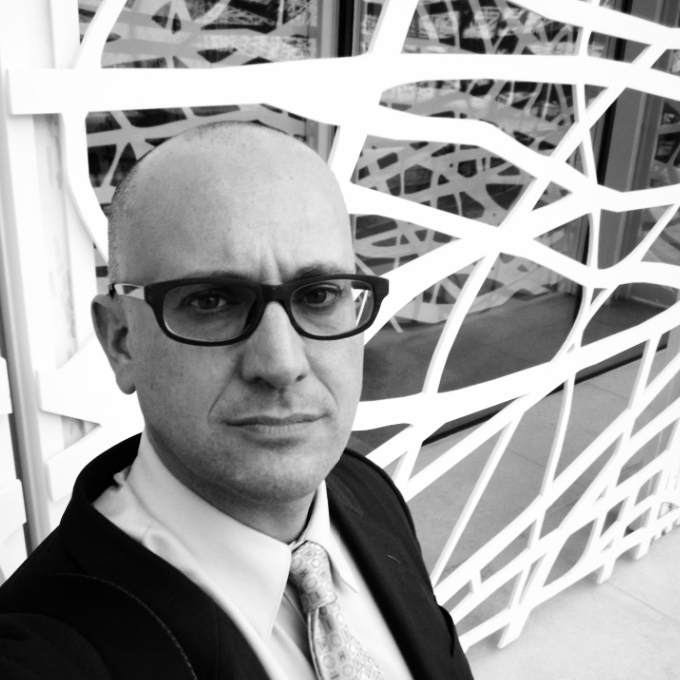The 2008 global financial crisis may have killed off some banks, but others have emerged even stronger. Whatever you may think about the banking industry, one fact is clear: the sector is a huge consumer of energy, from data centers to the lighting of a firm’s offices across the globe and of course, employee travel. From Tokyo to Frankfurt, banks are huge energy hogs and leave a long trail of emissions.
To that end, the global finance giant Bank of America announced yesterday that it has set a goal of reducing its greenhouse gas (GHG) emissions 15 percent by 2015 based on the company’s 2010 baseline. BofA’s push is another example of the bank’s strong record on energy issues. In the United States, Bank of America reduced GHG emissions 18% between 2004 and 2009. Then there is the real estate--Bank of America occupies over 13.2 million square feet of LEED-certified space, including the platinum-rated One Bryant Park (pictured) high-rise in New York City. So how will Bank of America continue its record of reducing energy consumption and in turn, GHG emissions? The answer lies in green building, supply chain efficiency, and internal employee engagement.
Some of Bank of America’s initiatives include the following:
- An increase in energy efficiency within both data centers and employees’ individual computers.
- Improved lighting and HVAC systems throughout its offices.
- Entering educational partnerships with organizations like the Pew Center on Global Climate Change that train employees how to find potential energy savings within the organization.
Many of Bank America’s accomplishments are because of its openness in working with non-profits. Besides the Pew Center, Ceres and the Carbon Disclosure Plan (CDP) are engaged in the development of the company’s environmental benchmarking and goals. That work allows employees to set their own energy-reduction goals and gives them the tools to monitor their progress. Incentives play a part, too: since 2007 Bank of America offers employees a rebate if they buy a hybrid, electric, or compressed natural gas vehicle.
Bank of America also takes a Walmart-like approach towards its suppliers and seeks to find resource efficiency throughout its supply chain. Two years ago the company invited over 100 suppliers to an event for a global supply chain conference, where they were encouraged to participate in CDP’s emissions reporting program. If Bank of America commits resources to its suppliers and allow them to become more efficient, look for BofA to achieve metrics that will far exceed the 2015 emission reduction goals.
Finally, Bank of America does more beyond its operations. Since 2007, the company has undertaken a 10-year US$20 billion initiative to address climate change issues by targeted investment, loans, and philanthropic activities. So while the banking sector should still be scrutinized for its business practices, Bank of America deserves credit for tackling the issues that other organizations overlook.
Leon Kaye is the Editor of GreenGoPost.com and contributes to The Guardian Sustainable Business; you can follow him on Twitter.

Leon Kaye has written for 3p since 2010 and become executive editor in 2018. His previous work includes writing for the Guardian as well as other online and print publications. In addition, he's worked in sales executive roles within technology and financial research companies, as well as for a public relations firm, for which he consulted with one of the globe’s leading sustainability initiatives. Currently living in Central California, he’s traveled to 70-plus countries and has lived and worked in South Korea, the United Arab Emirates and Uruguay.
Leon’s an alum of Fresno State, the University of Maryland, Baltimore County and the University of Southern California's Marshall Business School. He enjoys traveling abroad as well as exploring California’s Central Coast and the Sierra Nevadas.














